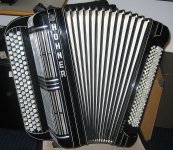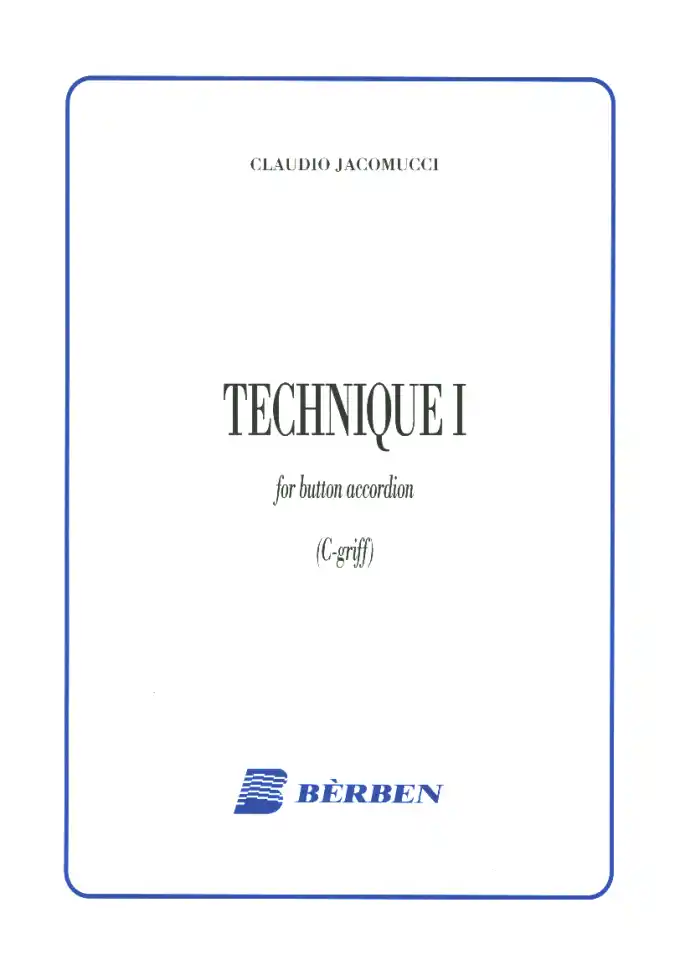I think "modern" referred to the method instead of the accordion. Nevertheless, here is an "unmodern" C system freebass accordion:

What's unmodern about it? It has just 4 button rows in the treble ("modern" instruments have 5 though that doesn't really hold for typical French instruments with Stradella bass, but then we were talking free bass here). And in the bass, it has 3 separate rows for the free bass when modern instruments have converter switches that will make the
outer chord bass rows
4 rows of free bass.
Now how can a
method be unmodern? Unmodern
methods may be characterized by establishing the outer 3 rows as the principal rows for scales and most other play when a
modern method tries to utilize all 5 rows to best degree. A modern method will also try to involve all fingers including the thumb where appropriate. That means that a modern method needs to cater differently to the left hand where there are only 4 rows of buttons for melody play and where the role of the thumb will need to be different (though not as different as on the above shown unmodern instrument).


